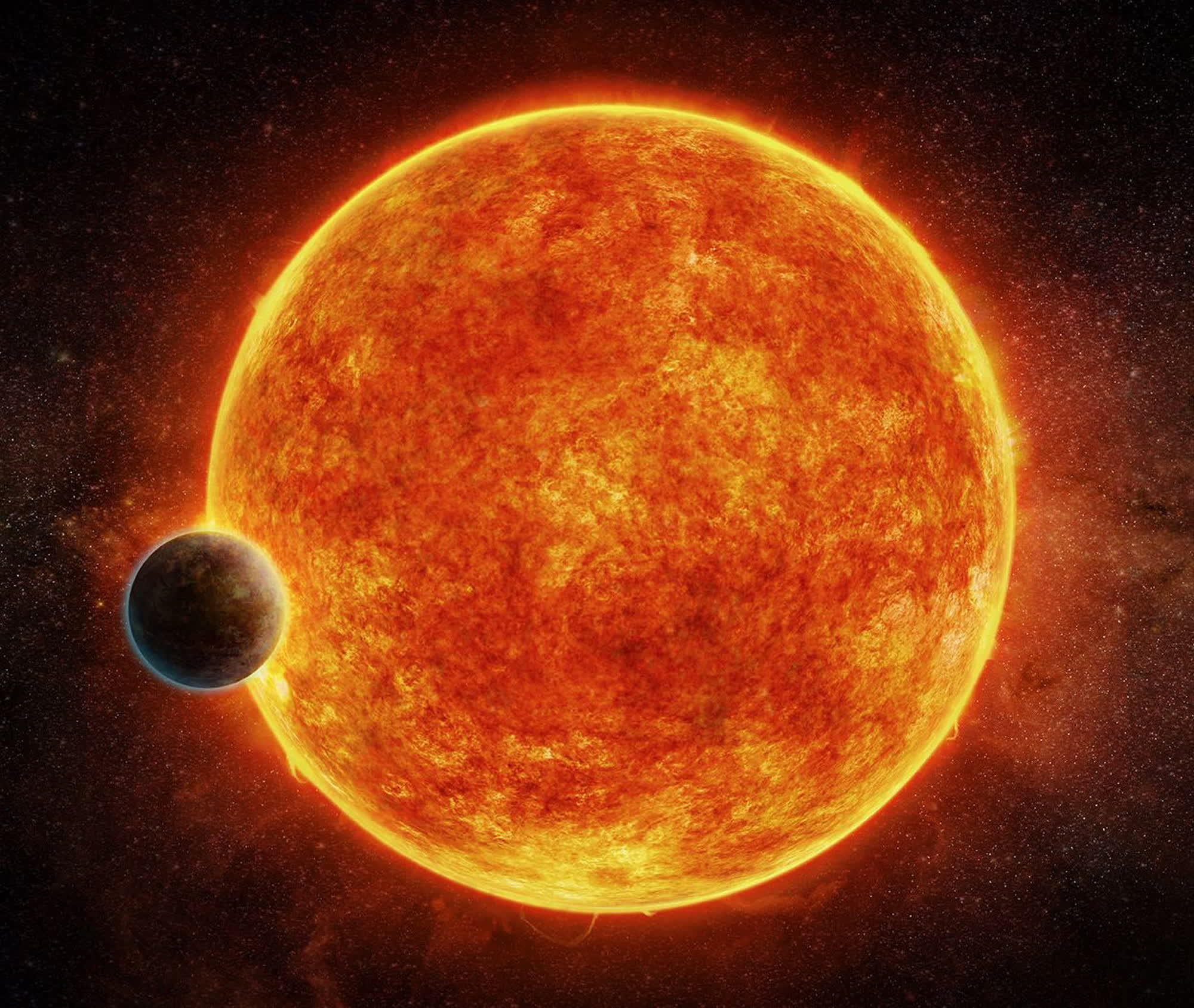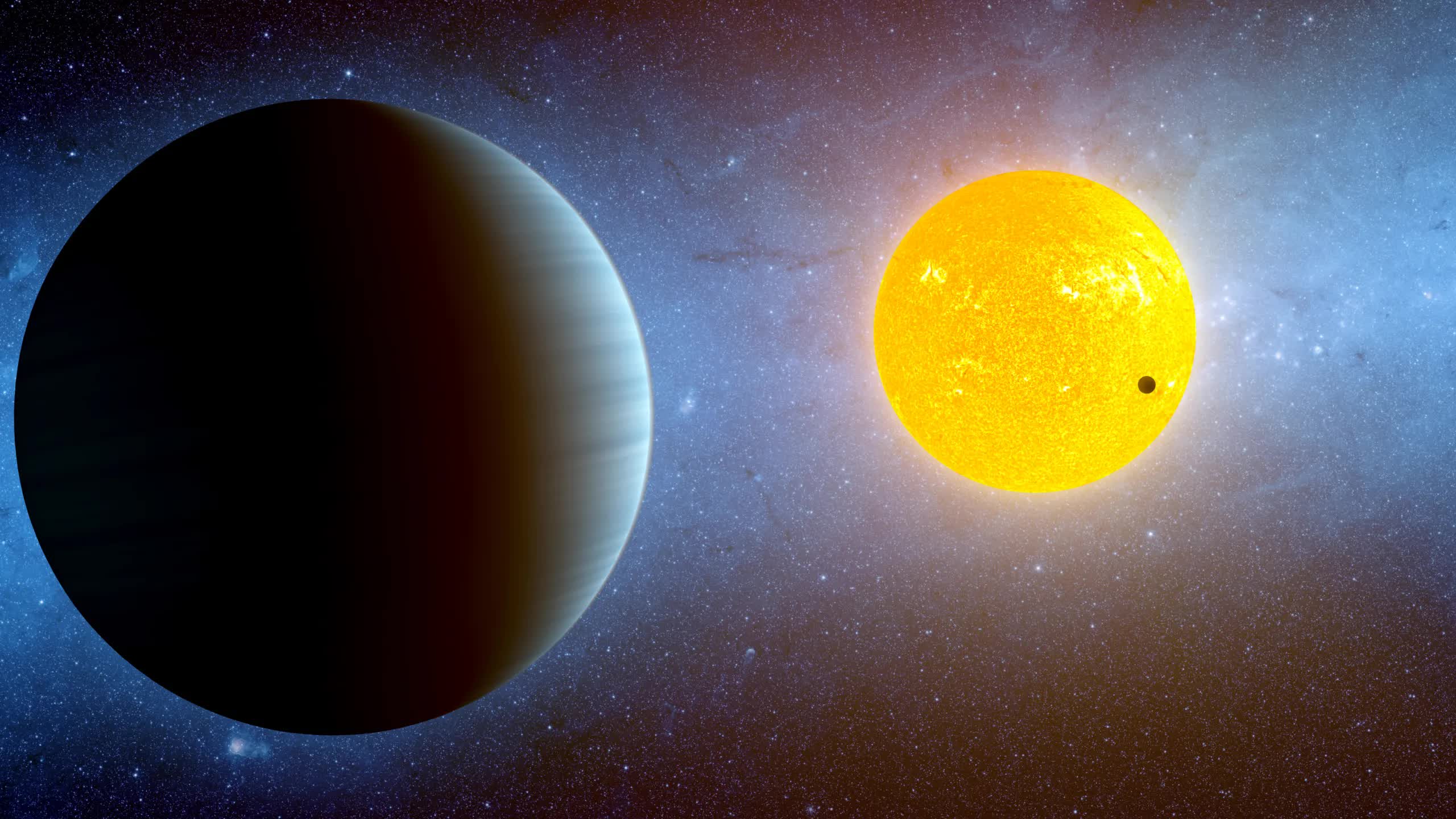In a nutshell: NASA's Transiting Exoplanet Survey Satellite (TESS) spacecraft was launched in April 2018, and it quickly began detecting signs of potential exoplanets orbiting around distant stars. The telescope has significantly contributed to planetary science, identifying approximately 7,000 candidate exoplanets, with more than 400 confirmed planets. Moreover, it continues to collect valuable data during its second extended mission.

By analyzing TESS data from the HD 63433 star system, a team of astronomers has identified yet another exoplanet with unique surface features. "HD 63433 d" is a small rocky planet that completes an orbit around its host star in just 4.2 days. This tidally-locked world consistently exposes the same hemisphere to its star, similar to the Moon's orbit around Earth.
The newly discovered exoplanet is eight times closer to its star than Mercury is to the Sun, resulting in scorching surface temperatures of up to 1,257 degrees Celsius on its dayside. Researchers suggest that this inferno-like world likely lacks a substantial atmosphere, and its dayside may consist mainly of hot, flowing lava, resembling previously discovered planets such as CoRoT-7 b and Kepler-10 b.
HD 63433 d has a size remarkably close to that of Earth (approximately 1.1 times Earth's diameter) and orbits a star similar in size to the Sun. It is considered a "very young" planet in an early-stage planetary system, having formed 400 million years ago. In comparison to Earth's age of 4.5 billion years, HD 63433 d is still in its infancy.

The TESS telescope identifies potential exoplanets by detecting subtle changes in a star's electromagnetic spectrum, known as "transits." In 2020, the spacecraft had already discovered two exoplanets orbiting HD 63433 – a Neptune-size planet, approximately 2.1 times wider than Earth (HD 63433 b), and a larger planet (HD 63433 c).
Situated 73 light-years from Earth, HD 63433 d has become a primary target for further exploration efforts. The recent planetary discovery study suggests that young terrestrial worlds like HD 63433 d serve as "critical test beds" to constrain and eventually validate prevailing theories about planetary formation and evolution.
Follow-up studies could corroborate the findings on HD 63433 d and may also unveil more details about the planet's "dark side" and the potential presence of an atmosphere, although the latter is considered unlikely. This research was part of the TESS Hunt for Young and Maturing Exoplanets project, which aims to enhance our understanding of the early evolution of exoplanets.
https://www.techspot.com/news/101529-nasa-discovered-new-exoplanet-lava-hemisphere-distant-star.html